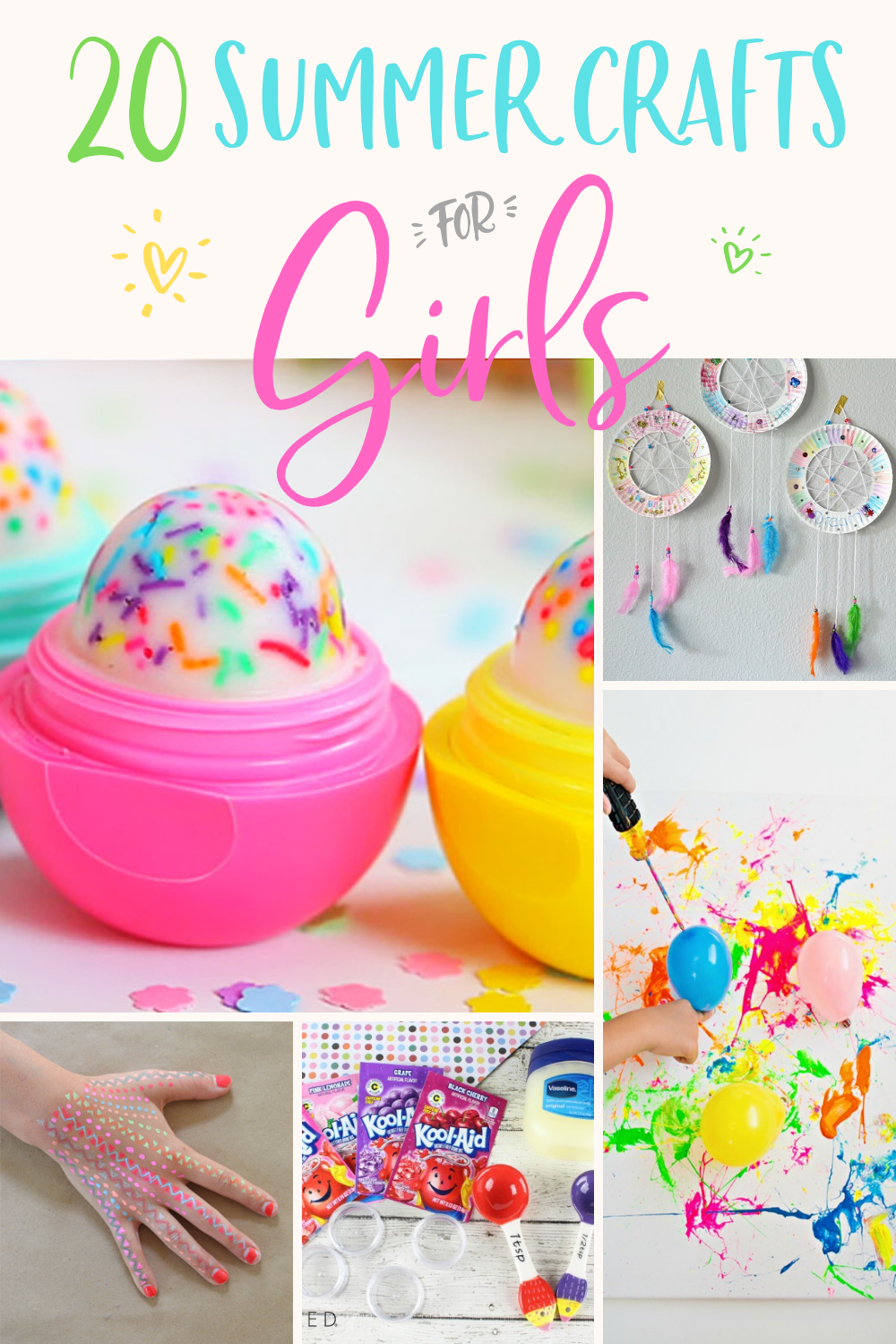Step-by-Step Guide to Creating Your Own Stunning DIY Chandelier
Introduction: Why Build a DIY Chandelier?
Lighting is among the most transformative elements in home decor. While chandeliers are often considered luxury items, building a DIY chandelier allows you to customize every detail, control your budget, and create a statement piece that reflects your personality. Whether you want to add glamour to a dining room, brighten an entryway, or craft a playful fixture for a creative space, making your own chandelier is an accessible and rewarding project. This guide covers everything you need to know to design, assemble, and safely install a chandelier that fits your needs and style.
Planning Your DIY Chandelier: Inspiration and Design Choices
Before gathering materials, take time to determine the look and function of your chandelier. Consider the following:
- Purpose: Is it a decorative accent, a primary light source, or both? This will influence the size, number of bulbs, and material choices.
- Style: Modern, rustic, bohemian, vintage, or glam? Look online for inspiration, such as multi-bulb wood chandeliers, crystal-inspired pieces, or geometric metallic designs [2] .
- Budget: DIY chandeliers can be made for under $20 using basic supplies, or you can invest more for complex designs [3] .
- Location and Size: Measure your intended space to ensure your chandelier fits proportionally and hangs at an appropriate height.
Sketch your design on paper, noting the number of light sources and the arrangement of decorative elements. This helps organize your build and minimizes mistakes.
Gathering Materials and Tools
The materials you choose will define both the look and difficulty of your project. For a basic, budget-friendly chandelier, you can use:

Source: youtube.com
- Wood (such as a 1×12 or similar board) for the base
- Electrical lamp cord kits or battery-powered LED lights for wiring
- Light sockets and bulbs
- Rope, fishing line, or chain for suspending the fixture
- Decorative elements like faux crystals, glass beads, or metal rings
- Hardware: screws, hooks, hot glue, wire, and pliers
For a crystal chandelier look, consider using wreath frames, transparent cord, and inexpensive acrylic beads or pendants [3] . For a modern wood fixture, opt for a solid board and multiple hanging sockets [2] .

Source: pond5.com
Step-by-Step Instructions for Building Your DIY Chandelier
Step 1: Prepare the Base
For a wood chandelier, cut your board to the desired length. Mark and drill holes where you want each bulb or decorative drop to hang. Ensure spacing is even and symmetrical for a polished appearance [2] .
If you’re making a circular or tiered chandelier, use metal or plastic hoops (such as repurposed wreath frames) to create rings. Remove unnecessary sections to achieve your preferred number of tiers [3] .
Step 2: Assemble and Attach Decorative Elements
Thread your rope, chain, or fishing line through pre-drilled holes or around the rings to suspend crystals, beads, or other accents. Secure knots or use hot glue for stability. For a layered effect, hang strands at varying lengths.
For crystal-inspired designs, transparent cord or fine wire is ideal for an airy, floating look. You can add glass or acrylic beads, arranging them to catch the light and create sparkle [3] .
Step 3: Install Lighting Components
For wired chandeliers, follow these steps:
- Thread lamp cord through each hole, leaving enough length to connect to the socket and main power source.
- Connect each socket according to the manufacturer’s instructions. If you lack electrical experience, you may want to use plug-in kits or consult a licensed electrician.
- Install bulbs rated for the socket and desired brightness.
For a simple, battery-operated solution, use LED puck or strip lights. These eliminate wiring concerns and can be attached directly to the chandelier’s frame with adhesive [4] .
Step 4: Hang and Secure Your Chandelier
Before installation, double-check that all components are secure. Attach strong fishing line, rope, or chain to the top of your chandelier. Use ceiling hooks or existing mounting points to suspend the fixture. Adjust the height so it’s neither too low nor too close to the ceiling. For safety, ensure the total weight is within the support capacity of your hardware and ceiling anchor.
Step 5: Test and Finish
If using electrical components, always test your chandelier before final installation. Replace faulty bulbs or connections as needed. Personalize the look by adding extra beads, ribbons, or paint to match your decor. If you’re using battery-powered lights, ensure the battery pack is easily accessible for future maintenance.
Alternative Materials and Budget-Friendly Tips
Chandeliers can be made from a surprising variety of everyday items. For example, Dollar Tree supplies-such as metal hula hoops, plastic trays, and acrylic beads-are popular for chic, affordable fixtures [5] . Repurposed items like mason jars, baskets, or even kitchen utensils can add a unique twist.
To keep costs down:
- Shop thrift stores for old lighting fixtures you can disassemble and reuse.
- Buy beads and crystals in bulk online or at craft stores.
- Use battery-powered LED lights to avoid hiring an electrician.
There are many online tutorials and video guides that offer step-by-step visuals for these alternative approaches. When using unconventional materials, always ensure they are heat-resistant and safe for use near lighting components.
Troubleshooting and Safety Considerations
Common challenges in DIY chandelier projects include securing heavy components, ensuring electrical safety, and achieving a level, balanced installation. If your chandelier feels unstable, reinforce connections with additional wire or glue. For electrical work, always follow the manufacturer’s instructions and local codes. If unsure, consult a professional to avoid risks of fire or shock.
Use only bulbs with appropriate wattage for your sockets, and keep flammable materials away from heat sources. Battery-powered LEDs are a safe and energy-efficient alternative.
Personalization and Advanced Techniques
Once you’re comfortable with basic construction, experiment with more advanced features:
- Dimmer switches: Add ambiance by controlling light levels.
- Colored bulbs or smart lights: Create mood lighting or integrate with home automation systems.
- Mixed materials: Combine wood, metal, glass, or textiles for a layered effect.
- Custom shapes: Bend wire or metal into geometric designs for a modern look.
Personalization doesn’t have to be expensive; small details like painted accents or unique bead patterns can make your chandelier truly one of a kind.
Accessing Resources and Further Assistance
While many online retailers and craft stores offer chandelier-making supplies, the most comprehensive support often comes from home improvement centers, hardware stores, and specialty lighting shops. If you need help with electrical connections, consider searching for “licensed electrician near me” or visiting your local hardware store for advice.
You can also find community classes or workshops on home lighting projects at adult education centers or maker spaces. For inspiration and troubleshooting, search platforms like YouTube or Pinterest for “DIY chandelier tutorial” and review verified user comments for practical tips [2] .
Conclusion: Take Pride in Your Custom Fixture
Building your own chandelier is a creative journey that results in a functional work of art. By following these steps and adapting them to your skill level and resources, you’ll create a lighting centerpiece that enhances your space and reflects your personal style. Remember to prioritize safety, use quality materials, and don’t hesitate to seek guidance for tricky parts of the process. With patience and imagination, your DIY chandelier will shine for years to come.


